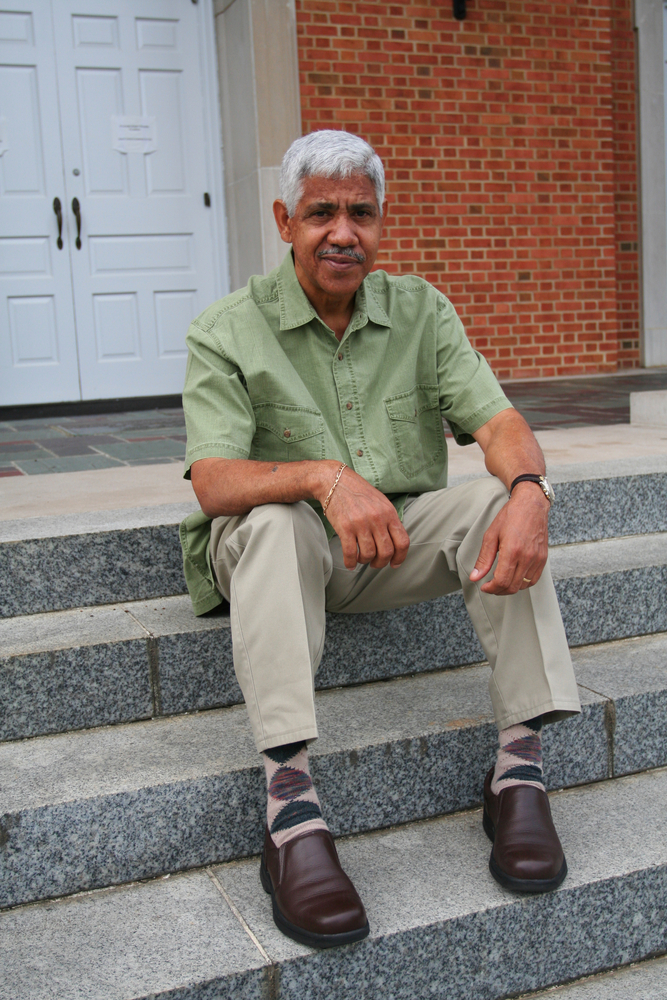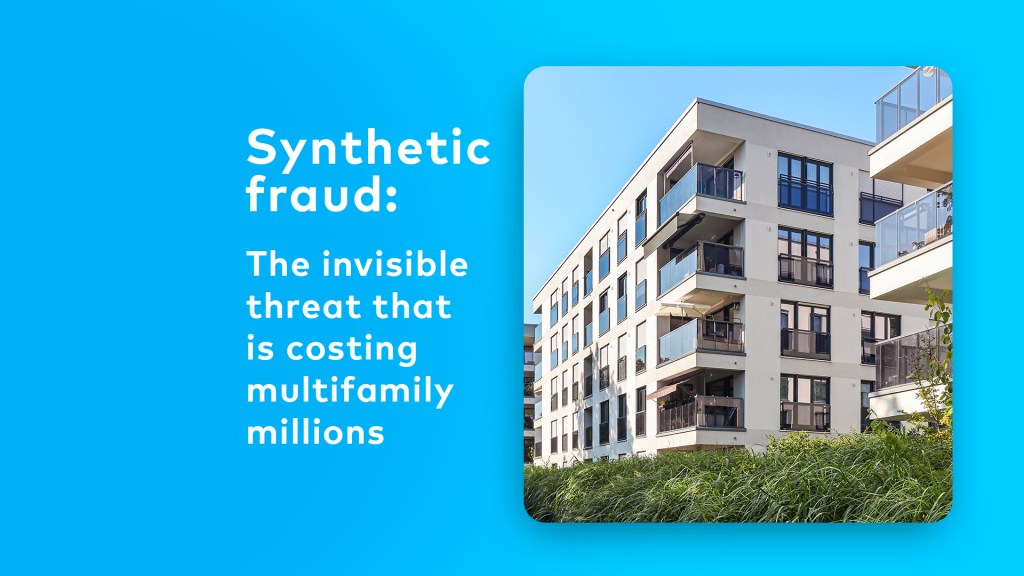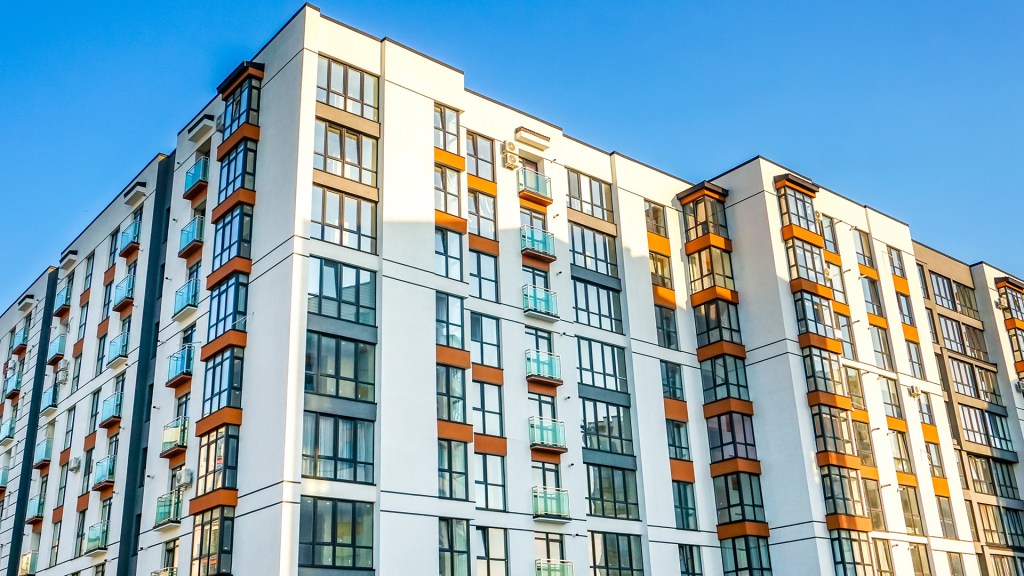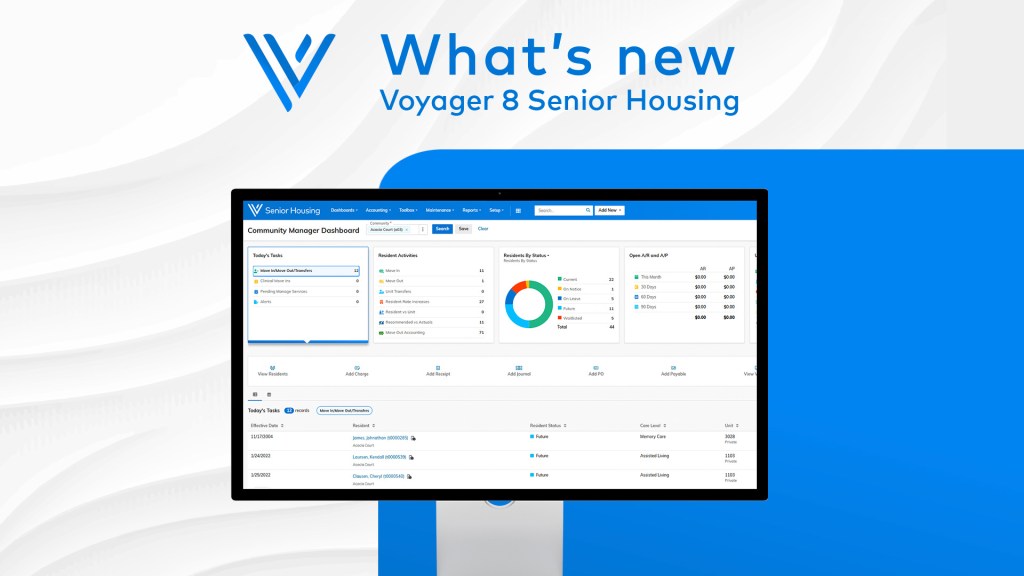By Cutright Elizabeth on November 18, 2016 in Technology
For many senior citizens, the choice to move into assisted living begins the moment staying at home becomes dangerous. Tripping over carpet or a tumbling down a flight of stairs can no longer be dispatched with an ice pack or a trip to urgent care. For adults 65 and older, these incidents often result in broken bones, head injuries or even death.
But what if a fall could be predicted and prevented? That’s the hope behind a new sensor system developed by the Sinclair School of Nursing and the College of Engineering at the University of Missouri. Through a combination of onsite monitoring and data analysis, the sensors record the gait and speed of residents. That information can then be used to forecast when a fall might be imminent helping care providers take action before calamity.
“Assessment of these functions through the use of sensor technology is improving coordinated health care for older adults,” Marjorie Skubic, director of the MU Center for Eldercare and Rehabilitation Technology, tells Engineering.com in a recent interview about the sensor system.
Watchers on the Wall
The sensor project is part of ongoing research currently underway at TigerPlace, a Missouri retirement community that promotes “aging-in-place.” Part of a collaboration between Americare Corporation and the University of Missouri, TigerPlace’s main objective is to “maximize the independence of residents while supporting research.”
The facility has been using the sensors as part of ongoing research to study how early detection of “changes in function” can be used to target health problems before they become critical. As part of that process, the project’s In-home Monitoring System (IMS). IMS wirelessly records and shares motion data and images collected by sensors placed throughout the home. If significant changes in activity are detected, the system can send email alerts.
“Not only can we explore a variety of analytic methods due to the large volume of sensor data,” write the report’s authors, “we have the opportunity to use the sensor data to make a difference in the lives of the residents, helping them to improve health and well-being through informing health care providers of changes they are experiencing.”
Data Collection and Analysis
The key to accurately predicting a fall lies in the data. The Missouri team used 66 terabytes of information collected over ten years by the Western Journal of Nursing Research. The data revealed a direct connection between changes in speed and stride and the probability of a fall. While a shortened stride length helped predict a fall with 50% accuracy, a decline in gait speed by 5 centimeters per second indicated an 86% chance of an incident within the next 21 days.
“The odds of a resident falling within 3 weeks after a cumulative change of 2.54 cm/s is 4.22 times the odds of a resident falling within 3 weeks after no change in in-home gait speed,” write the report’s authors. “Results demonstrate using sensors to measure in-home gait parameters associated with the occurrence of future falls.
“Preliminary results indicate that a cumulative change in speed over time is associated with the probability of a fall,” they conclude.
Safeguarding Independence
The non-wearable sensors not only prevent injury, they provide freedom. According to TigerPlace, residents at their facility are able to live independently for approximately four years, almost twice the national average of 22 months.
“Aging should not mean that an adult suddenly loses his or her independence,” Marilyn Rantz, Curators’ Professor Emerita of Nursing explained to Engineering.com. “Being able to predict whether a person is at risk of falling will allow caretakers to intervene with the necessary care to help seniors remain independent as long as possible.”
“Never before have health care providers had information on activity and function in everyday life activities,” declares the TigerPlace report on IMS. “This has huge potential to advance technology rapidly from concept to actual use in ways that can really make a difference for people.”


